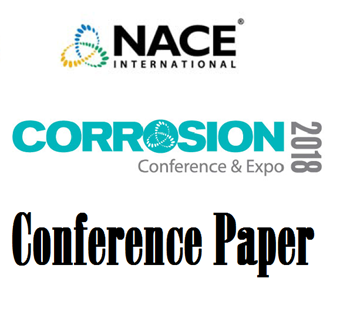Search
Products tagged with 'desorption'
View as
Sort by
Display
per page
51318-10805-Understanding Film Persistency using Adsorption and Desorption Studies
Product Number:
51318-10805-SG
Publication Date:
2018
$20.00
Surfactant Corrosion Inhibitor Adsorption and Desorption Kinetics in Aqueous CO2-Containing Environments
Product Number:
51324-20915-SG
Publication Date:
2024
$40.00
The Irony of Creating a Lining Failure in the Process of Inspection
Product Number:
51324-21128-SG
Publication Date:
2024
$40.00



